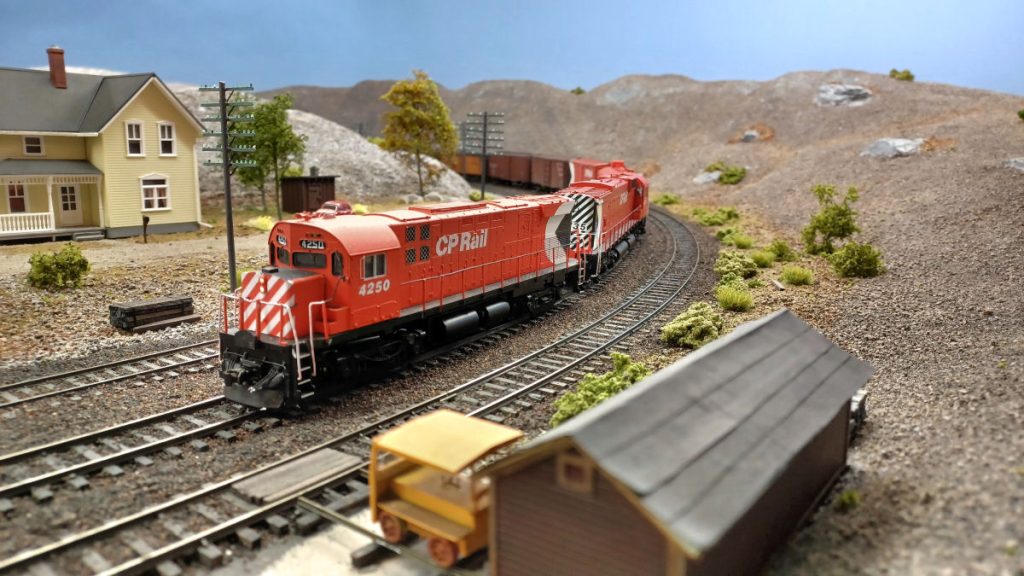STANDARD TIME
Note: either the 12-hour or 24-hour system, as indicated by the time shown in current time tables, will be used for all purposes in connection with the movement of trains. All times shown herein are on the 12-hour system
1. Standard time will be transmitted daily in the manner prescribed.
Standard clocks will be maintained at stations designated in the time table.
Employees charged with the duties of receiving time signals must record on prescribed form and on indicator cards any variation from standard time.
2. Each conductor, engineman, trainman, fireman, yard foreman, yardman and other such employees as the Company may direct, must carry, while on duty, a reliable railway grade watch approved by the proper authority and for which there must be a prescribed certificate on file with the designated railway officer.
3. Employees required to use railway grade watches must, unless otherwise directed, submit them to a designated watch inspector for examination and record at intervals not exceeding ninety days.
If watches reflect a variations of more than thirty seconds when compared with correct time, they must be set to reflect a variation of less than thirty seconds. Employees must not regulate their watches.
Watches of conductors, enginemen and yard foremen must be compared to a designated standard clock, where provided, before commencing each day’s work. The time when watch is compared to standard clock, and the result of such comparison must be recorded on prescribed form. If watch is set the word “set” must also be recorded with the variation.
If a designated standard clock is not accessible, standard time must be obtained from the train dispatcher, or by comparing with a conductor, engineman or yard foreman who has had access to standard clock and has registered.
Conductors, enginemen, yard foremen, pilots, and snow plow foremen shall, when practicable, compare time with each other before starting on each trip or before commencing work and with other members of their crew as soon as possible.
Cards supplied by watch inspectors showing record of the rating of watches must be carried while on duty by employees required to use railway grade watches.


